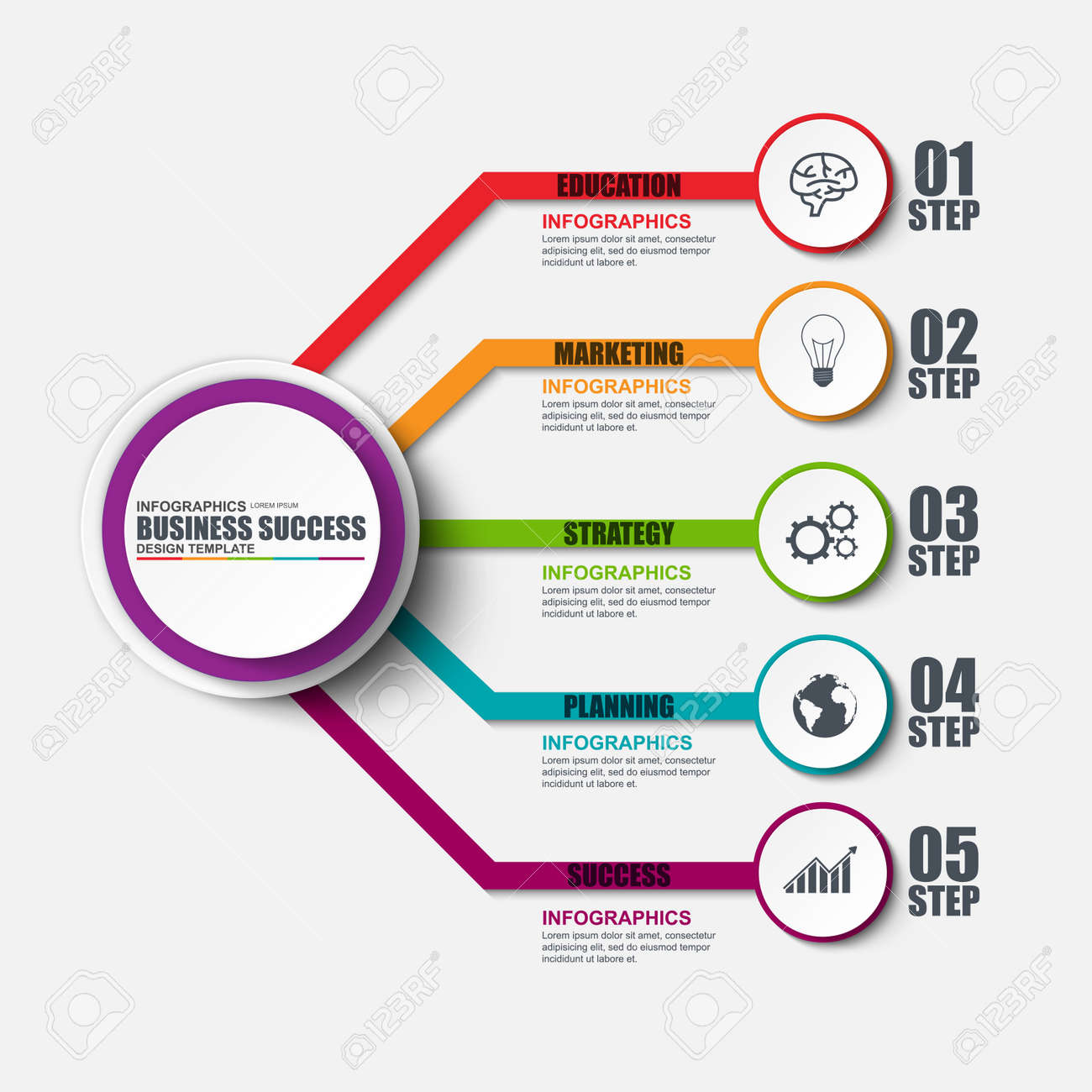Fundamental Aspects Of Web Design: Standards For Creating A User-Centric Website
Fundamental Aspects Of Web Design: Standards For Creating A User-Centric Website
Blog Article
Content Produce By-Wiley Thrane
When it pertains to site design, ensuring user-friendliness is essential. From responsive style to structured navigating, every element plays an essential role in creating a website that caters to your audience's requirements. Yet what regarding the finer details that can make or break an individual's browsing experience? Remain tuned as SEO Meaning Medical reveal some often-overlooked tips that can raise your site's usability to the next degree, making it truly attract attention in the electronic landscape.
Value of Responsive Layout
Receptive style is a vital aspect of modern website development. Ensuring your web site is responsive ways that it can adjust to different display sizes and gadgets, providing a smooth experience for customers.
With the enhancing use of mobile phones and tablet computers to access the net, having a receptive layout is necessary for getting to a bigger target market. It aids in boosting individual experience by making your web site very easy to browse and read on any type of tool.
Additionally, responsive design can positively impact your search engine positions, as internet search engine like Google prioritize mobile-friendly sites. By having a receptive design, you're likewise future-proofing your website, as new gadgets with varying screen dimensions continue to emerge.
Simplify Navigating Structure
To enhance customer experience and promote very easy access to information on your site, simplifying the navigating framework is vital. When making your site, focus on producing a clear and instinctive navigation menu that assists site visitors find what they're searching for promptly.
Restriction the number of food selection items to the fundamentals, organizing related pages with each other to avoid frustrating users. Usage detailed labels that clearly indicate the web content of each web page, making it simpler for customers to understand where each link will take them.
Take into consideration executing dropdown menus for subcategories to avoid cluttering the primary navigation bar. Additionally, consist of a search bar prominently on the page for customers that choose looking for specific details.
Prioritize mobile responsiveness in your navigation design to ensure simple gain access to on all gadgets.
Optimize Web Page Load Speed
Improving web page load rate is vital for preserving site visitors on your website. Slow-loading pages annoy users and can result in high bounce rates. To enhance page load rate, begin by optimizing pictures. Compress images without compromising quality to reduce their data sizes.
Furthermore, enable web browser caching to store regularly accessed resources in your area, speeding up load times for returning site visitors. Minify CSS, JavaScript, and HTML data by getting rid of unneeded characters, comments, and formatting, boosting load speed.
Consider utilizing a material distribution network (CDN) to disperse your web site's content throughout multiple web servers worldwide, decreasing latency for customers accessing your site from different locations. Finally, limit making use of third-party scripts and plugins, as they can dramatically impact tons times.
hop over to these guys , by including receptive style, simplifying navigating, and optimizing web page load rate, you can produce a straightforward website that appeals to a larger target market and boosts individual experience. These essential elements make sure that site visitors can conveniently accessibility and browse your website across various devices, leading to increased involvement and contentment. By focusing on these key aspects, you can build a successful website that keeps individuals returning for more.
